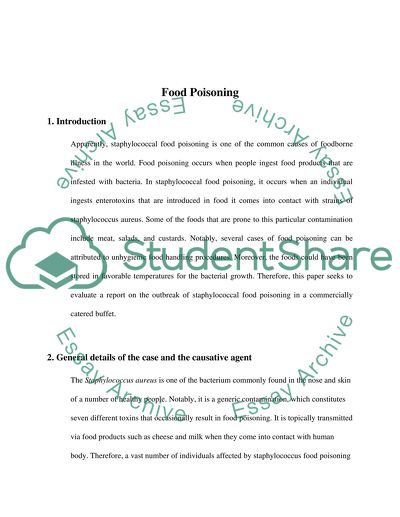Cite this document
(Food Poisoning and Foodborne Diseases Term Paper, n.d.)
Food Poisoning and Foodborne Diseases Term Paper. Retrieved from https://studentshare.org/health-sciences-medicine/1690901-locate-and-a-case-study-of-an-outbreak-of-food-poisoning-report-topicescherichia-coli
Food Poisoning and Foodborne Diseases Term Paper. Retrieved from https://studentshare.org/health-sciences-medicine/1690901-locate-and-a-case-study-of-an-outbreak-of-food-poisoning-report-topicescherichia-coli
(Food Poisoning and Foodborne Diseases Term Paper)
Food Poisoning and Foodborne Diseases Term Paper. https://studentshare.org/health-sciences-medicine/1690901-locate-and-a-case-study-of-an-outbreak-of-food-poisoning-report-topicescherichia-coli.
Food Poisoning and Foodborne Diseases Term Paper. https://studentshare.org/health-sciences-medicine/1690901-locate-and-a-case-study-of-an-outbreak-of-food-poisoning-report-topicescherichia-coli.
“Food Poisoning and Foodborne Diseases Term Paper”, n.d. https://studentshare.org/health-sciences-medicine/1690901-locate-and-a-case-study-of-an-outbreak-of-food-poisoning-report-topicescherichia-coli.


